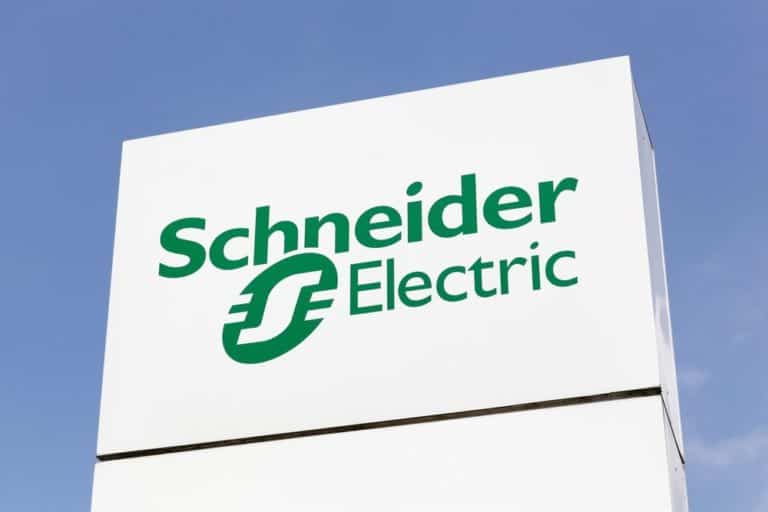Together with Avnet and Iceotope, Schneider Electric announced a server rack with immersive liquid cooling. The solution is optimized for rack-intensive applications and combines a GPU server with liquid cooling technology from Iceotope.
The solution is designed to increase energy efficiency. Avnet integrates the liquid-cooled server with Schneider Electric’s liquid-cooled NetShelter housing for implementation in data centres and edge computing environments. The system is also EcoStruxure-Ready, which, according to Schneider, means that it can be linked to the company’s IOT platform. The data center management software EcoStruxure IT Expert and the digital service EcoStruxure Asset Advisor from Schneider Electric can therefore also be used with it.
Energy-intensive applications
According to Schneider Electric, this liquid-cooled solution is the first of its kind and should work particularly well for applications such as big data analyses, artificial intelligence (AI) and machine learning that consume more energy due to the high computing power required. According to the company, liquid cooling offers better efficiency, lower operating costs, less space consumption, improved reliability and almost silent operation despite the high power density of the GPUs. Avnet, Iceotop and Schneider Electric want to expand supply as demand grows, including by welcoming other server manufacturers as partners.
“Schneider Electric is committed to making data centres more sustainable. Liquid cooling is a very convincing approach to this,” says Kevin Brown, CTO and SVP Innovation & Secure Power at Schneider Electric. “This latest development marks a significant step towards the industrialisation of chassis-based immersion solutions that offer the efficiency and effectiveness of tank-based solutions while at the same time having the compatibility and usability of more traditional, direct-to-chip liquid-cooling designs. Given the growth of applications that use intensive computing power, we believe this approach is promising.”
